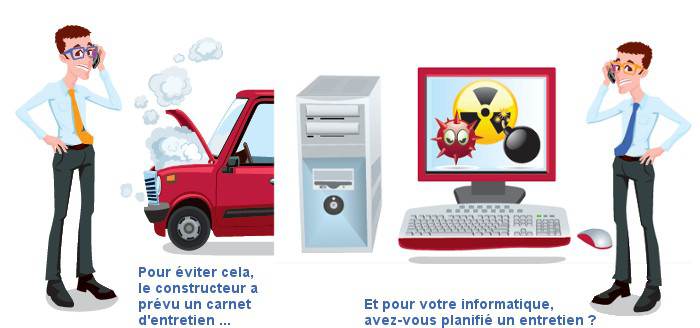When the super-Earth COROT-7b was discovered in 2009, it was heralded as the rockiest, most truly
In a paper to be published in the journal Icarus, an international team of astronomers led by Alessandro Mura of the Italian Institute for Interplanetary Space Physics in Rome argue that, given the planet’s likely composition and distance from its star, COROT-7b probably loses its surface elements to space in a long, comet-like tail of charged particles.
COROT-7b is less than twice the size of Earth and about five times Earth’s mass, and orbits a sun-like star about 390 light-years away. Because COROT-7b’s density is similar to Earth’s, astronomers hailed it as the first rocky exoplanet discovered and one of the best candidates for hosting extraterrestrial life.
But the rocky world also sits almost 100 times closer to its star than the Earth is to the sun, and it orbits its star once every 0.85 Earth days. The temperature on the daylight side of the planet is a scorching 4000 degrees Fahrenheit, hot enough for minerals on the rocky surface to break down and release charged particles into space, where they would be picked up and blown away by the stellar wind.
“We expect that the stellar radiation pressure and the plasma environment will cause the build-up of an elongated comet-like exosphere,” the authors write. Depending on what the planet is made of, and whether it was once the rocky core of a “super-Neptune” as some have suggested, the tail could be composed of elements like sodium, oxygen, magnesium or silicon oxide.
The researchers compare this vision of COROT-7b with Mercury, which has a similarly antagonistic relationship with the sun and also leaks charged particles in a long tail.
“The planet appears to be more like a ’super-Mercury’ under much extremer environmental conditions,” the researchers write.
The team suggests that a tail composed of sodium or calcium could theoretically be detected on COROT-7b from ground-based telescopes. Although detecting such a tail would probably eliminate COROT-7b as a candidate habitable world, “this project would be the very first attempt to learn something of the mineralogy of a rocky planet orbiting another star.”
Image: 1) Artist’s impression of COROT-7b, ESO/L. Calcada. 2) Model of COROT-7b’s proposed sodium tail, assuming the planet is 4000 degrees Fahrenheit at its surface. A. Mura et al, Icarus 2010. doi:10.1016/j.icarus.2010.08.015
See Also:
- Smallest Exoplanet Is Most Earth-like Yet
- At Last! First Real Evidence for a Rocky Exoplanet
- Astronomers Closer to Exoplanet ‘Holy Grail’
- Mercury Flyby Maps New Territory
- This Just in: Mercury More Exciting Than Mars
Follow us on Twitter @astrolisa and @wiredscience, and on Facebook.
Authors: Lisa Grossman


















